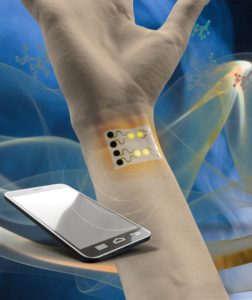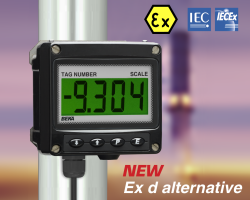Make UK, the manufacturers’ organisation, has partnered with Next Gen Makers in order to help manufacturers to attract, recruit and inspire more young engineers, into the sector.
The move will see Make UK become the headline sponsor of the Birmingham region of the Next Gen Makers Engineering Careers Prospectus 2020, which aims to provide a comprehensive resource of Engineering careers information for High School and Sixth Form students from year 10 onwards.
In addition to including information promoting the benefits of Engineering Apprenticeships, career pathways and places to continue to study or train in Engineering, the Engineering Careers Prospectus 2020 will profile a variety of local manufacturing and engineering firms, raising awareness of the types of companies that make up the rich industrial supply chains within the region.
“We are delighted to be part of the Next Gen Makers prospectus, our role across the manufacturing sector is to help raise the profile of the diverse range of careers available and highlight that this is a vibrant and interesting sector to be a part of. By being part of this prospectus it gives us the springboard to achieve our role and working in partnership with likeminded organisations, we are encouraging as many of our members in the region to also be part of this fantastic resource” comments Stephen Mitchell, Director of Apprentices and Technical Training, Make UK.
Set to launch in March 2020 as an online resource supported by a printed counterpart the Next Gen Makers Engineering Careers Prospectus 2020 covers 6 regions in total: Dudley, Sandwell, Walsall/Cannock, Wolverhampton, Redditch/Bromsgrove as well as Birmingham and will be supported by promotional events in schools across these regions on a rolling 12 monthly basis.
Next Gen Makers Director Adam Tipper comments: “We are delighted to partner with Make UK in what is an extremely exciting project. Our schools and young people currently lack a comprehensive resource that gives a full picture of what a career in engineering might look like, where to find Apprenticeships or continue to learn and the types of companies at which they could start a career in the sector.
“Every year in the West Midlands we are around 20,000 young engineers short. By engaging with the Prospectus, manufacturers for whom Make UK recruit Apprentices can benefit from stronger employer brand awareness amongst young people locally to them, inspire more young people to pursue a career in the sector and hopefully contribute to boosting Apprenticeship applications for their opportunities, directly addressing the skills shortage”.
Formerly known as EEF, Make UK champions engineering & manufacturing in the UK, supporting businesses around the country. From its’ state-of-the-art Technology Hub in Birmingham, the organisation is also at the forefront of delivering world-class engineering apprenticeships and skills training.
Next Gen Makers is an innovative private sector initiative in the West Midlands, that makes it easier for Engineering and Manufacturing firms to recruit Engineering Apprentices and inspire the next generation of engineers in local High Schools, Sixth Forms and Colleges.
 Instrumentation Monthly Test | Measurement | Control
Instrumentation Monthly Test | Measurement | Control











